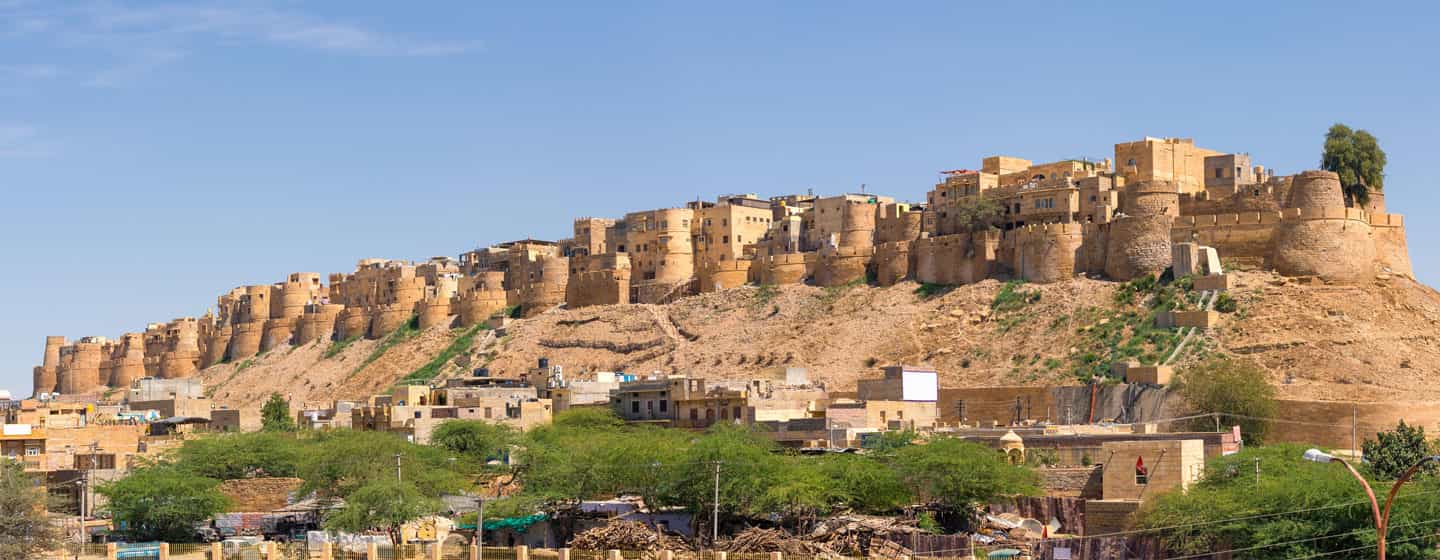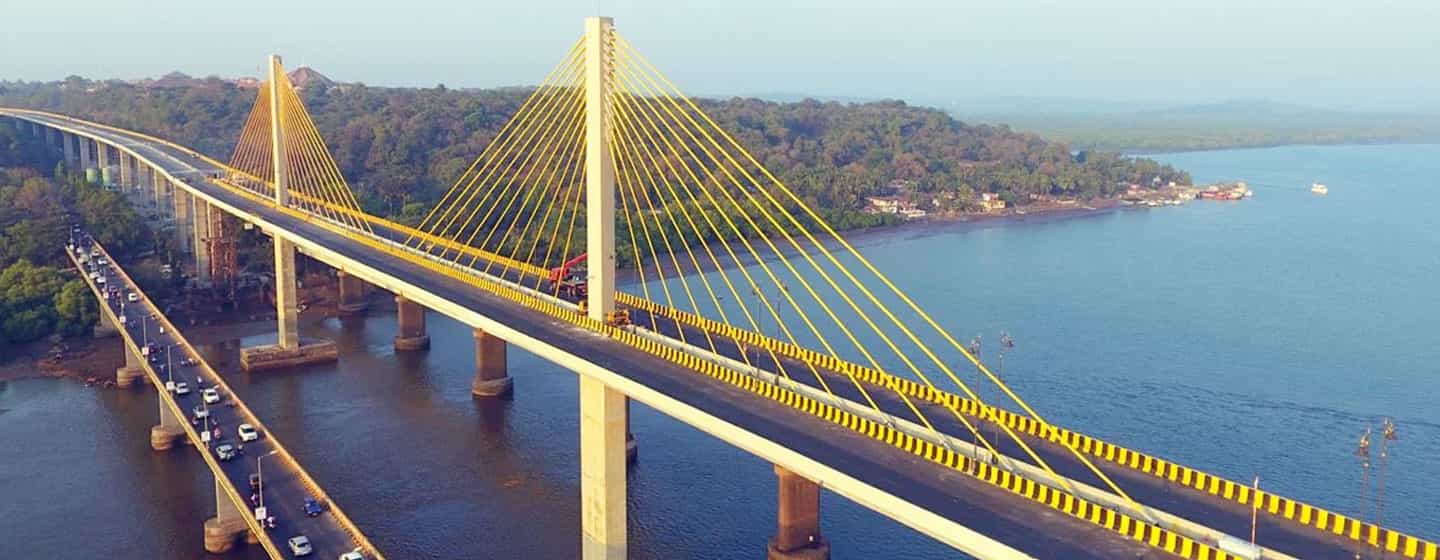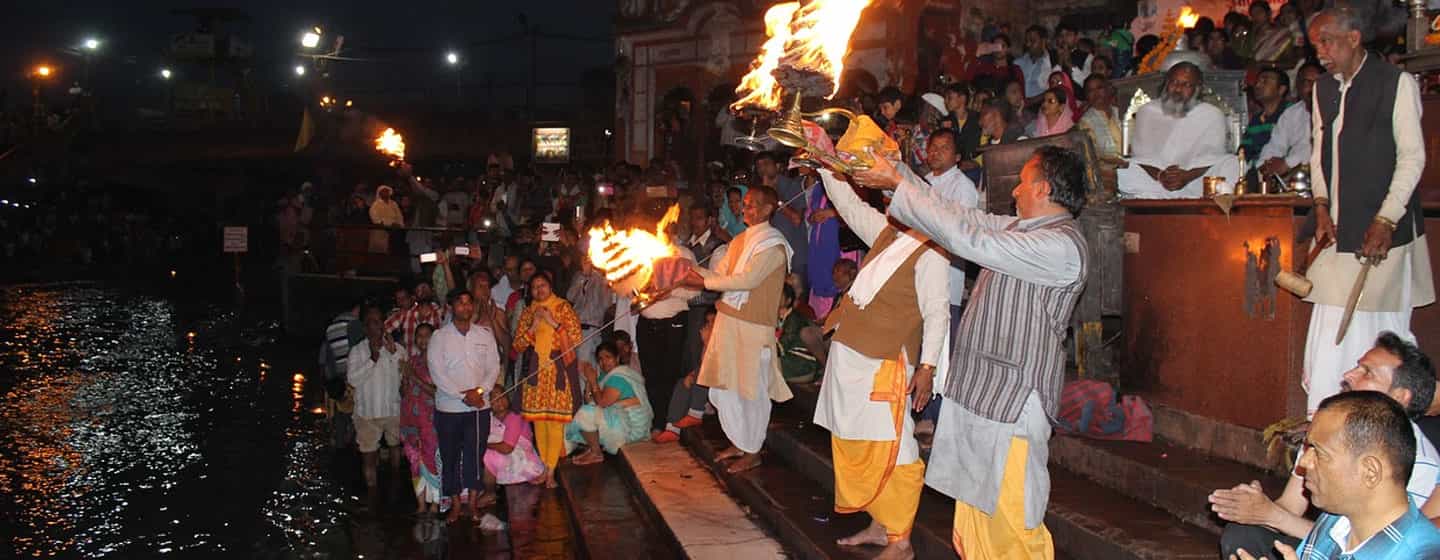Incredible India
India is one of the oldest civilizations in the world with a kaleidoscopic variety and rich cultural heritage. It has achieved all-round socio-economic progress since Independence. As the 7th largest country in the world, India stands apart from the rest of Asia, marked off as it is by mountains and the sea, which give the country a distinct geographical entity. Bounded by the Great Himalayas in the north, it stretches southwards and at the Tropic of Cancer, tapers off into the Indian Ocean between the Bay of Bengal on the east and the Arabian Sea on the west.
Religion & Geological Structure
Religious India
India’s pilgrimage circuit encompasses a sacred journey to the Char Dham (comprising Badrinath, Kedarnath, Gangotri, and Yamunotri), Rishikesh, Ayodhya, Kedarnath, and Haridwar. Each destination holds profound religious significance, attracting devotees from around the world.
Rishikesh, situated on the banks of the Ganges, is a revered spiritual center known for yoga and meditation retreats.
Ayodhya is believed to be the birthplace of Lord Rama, drawing pilgrims to its ancient temples and historical sites.
Kedarnath, nestled amidst the Himalayas, is dedicated to Lord Shiva and is one of the Char Dhams.
Haridwar, where the Ganges exits the mountains, hosts the Kumbh Mela, a massive religious gathering held every 12 years.
These destinations collectively offer a spiritual odyssey through India’s sacred heartland, steeped in devotion and ancient wisdom.
The geological regions broadly follow the physical features, and may be grouped into three regions: the Himalayas and their associated group of mountains, the Indo-Ganga Plain, and the Peninsular Shield.
The Himalayan mountain belt to the north and the Naga-Lushai mountain in the east, are the regions of mountain-building movement. Most of this area, now presenting some of the most magnificent mountain scenery in the world, was under marine conditions about 600 million (60 crore) years ago. In a series of mountain-building movements commencing about 70 million (7 crore) years ago, the sediments and the basement rocks rose to great heights. The weathering and erosive elements worked on these to produce the relief seen today. The Indo-Ganga plains are a great alluvial tract that separates the Himalayas in the north from the Peninsula in the south.
The Peninsula is a region of relative stability and occasional seismic disturbances. Highly metamorphosed rocks of the earliest periods, dating back as far as 380 crore years, occur in the area; the rest being covered by the coastal-bearing Gondwana formations, lava flows belonging to the Deccan Trap formation and younger sediments.



